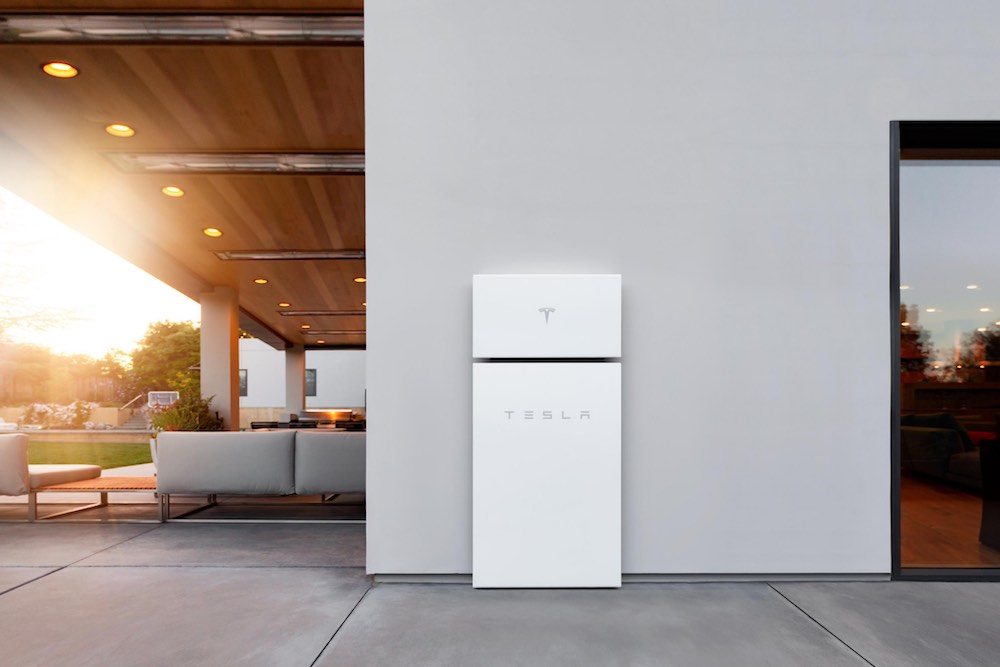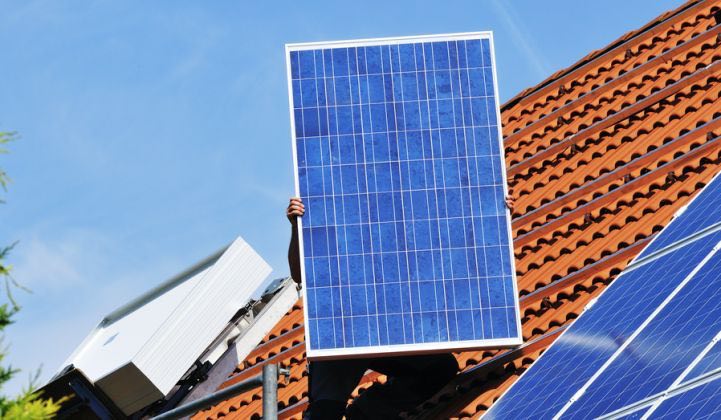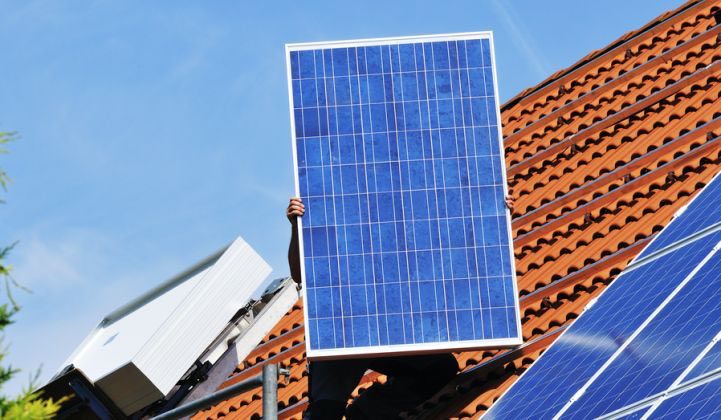Cheaper Home Batteries and VPPs: Consumer Interest Data
Starting in July this year, the Federal Cheaper Home Batteries rebate will mandate that all energy storage systems installed under the scheme must be capable of participating in a virtual power plant (VPP). This initiative aims to aggregate millions of rooftop solar and battery systems to provide grid services through third parties like retailers.
The Australian Energy Market Operator (AEMO) is encouraging consumer participation in VPPs to leverage the vast rooftop solar potential, which remains largely untapped. By coordinating VPPs efficiently, AEMO believes it can reduce the need for extensive network investments, ensuring a reliable electricity supply and potentially lowering costs for all consumers.
Limited Uptake of VPPs
Recent data from industry analysts SunWiz reveals a slow adoption rate of VPPs among solar and battery households. Only a small portion of behind-the-meter resources are currently enrolled in VPPs, raising concerns about consumer reluctance to relinquish control over their energy assets.
As of the end of 2024, AEMO had registered a total of 56 megawatts (MW) of combined behind-the-meter capacity in VPPs across the National Energy Market (NEM), equivalent to approximately 11,200 households assuming 5 kilowatts (kW) per site. The majority of this capacity, 51 MW, is located in South Australia, with a significant portion linked to the Tesla VPP.
Challenges and Opportunities
While the installation of residential home battery storage is increasing, VPP participation remains low due to perceived complexity and unclear financial benefits. Experts suggest that offering attractive financial incentives to consumers is crucial in driving VPP uptake and ensuring widespread participation.
Various VPP products are available in the market, with a shift towards models that offer fixed monthly benefits or rewards during events. Companies like Amber Electric are leading the way by prioritising customer-centric VPP solutions that focus on optimising individual energy usage and maximising renewable energy consumption.
Building consumer trust and providing the right incentives are key factors in encouraging households to join VPPs. Governments may need to play a significant role in incentivising VPP participation, especially if it is deemed essential for maintaining network stability.
As the energy landscape evolves, VPPs present an opportunity to enhance grid reliability, reduce costs, and promote sustainable energy practices. By addressing consumer concerns and offering compelling incentives, the transition to a VPP-driven energy future can be accelerated.


8-768x576.jpg)



